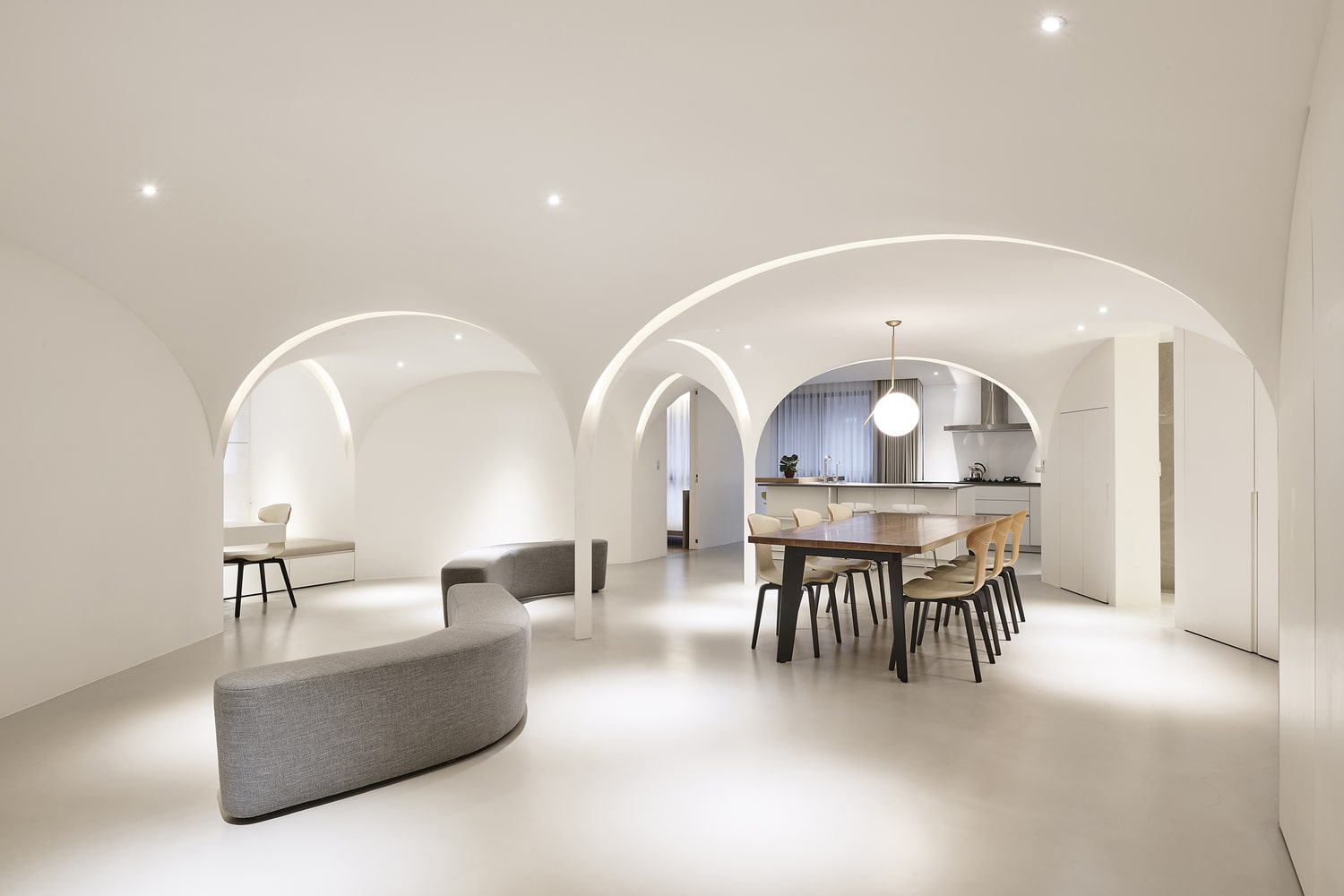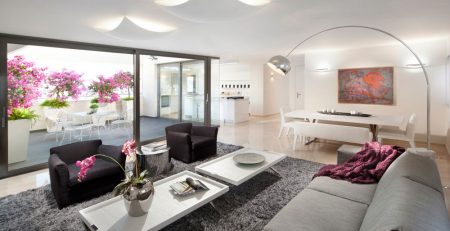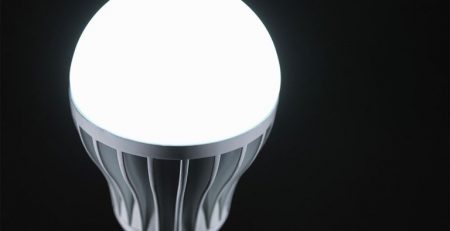Healthy Lighting LED Lighting Selection Guide
The choice of lighting for the eye health is very straightforward. Before discussing how to achieve different lighting for different functions, we must first understand the relevant knowledge of the lamps and lanterns important parameters in order to be able to buy a satisfactory “eye protection “product.
1. Color temperature. Color temperature directly affects the “color” of the light seen by the naked eye. Work areas often require high color temperature lighting to ensure efficiency and accuracy during work. In rest areas such as bedrooms, high color temperature lighting should not be used to prevent mental stress and excessive stress.
2. Color quality. Color quality is another important indicator. Poor color quality will reduce the visual acuity and the accuracy of the objects being illuminated. Usually the color rendering index of 80 or more is appropriate, there are special requirements can also be increased as appropriate, taking the Bulls love eye LED reading lamp as an example, the color rendering index of 95 or more, to meet the daily reading and even painting requirements. Experts emphasize that low color rendering lights will affect people’s mood and appetite to a large extent, and that things are not realistic, things deviate from their original colors, and they are more likely to cause visual fatigue. By using luminaires with excellent color rendering capabilities, space and color differentiation can be enhanced.
3. Anti-Blu-ray, anti-strobe and other technologies These technologies can protect the eyes from unfair lighting damage. Taking anti-blue light as an example, in accordance with national standards, the risk of blue light to the retina is divided into four levels: non-hazardous, type 1 hazardous (low risk), type 2 dangerous, and type 3 dangerous (high risk) . High-risk lighting can cause irreversible damage to the eyes in a matter of seconds. When purchasing lighting products, pay attention to the safety signs on the product packaging. If there is a CQC certification and approval, it reflects that the table lamp blue light hazard level meets the technical specifications of the non-hazardous category (RG0).
4. Light uniformity In non-local light lighting, we should pay attention to whether the product is designed to prevent concentrated light, such as bull’s eye LED light 100 degree astigmatic light design, diffusion plate, etc., light evenly dark area, also Can play a good anti-glare effect. At the same time, it is recommended to select lighting products with a matte cover as much as possible to prevent eye discomfort caused by direct observation of light sources at close range.
5. Noise Many low-cost lamps often have more obvious noise, especially at night. In fact, current noise or vibration noise not only affects the experience of use, but also can make people feel tired. It is an indicator that is often overlooked by people.
According to experts, just like many home appliances, the quality of lamps and lanterns is often reflected in their technical standards and performance parameters. When purchasing a healthy lighting product, you may wish to pay more attention to the labeling on the product packaging or instructions, and let the product “use data to speak”.




Leave a Reply